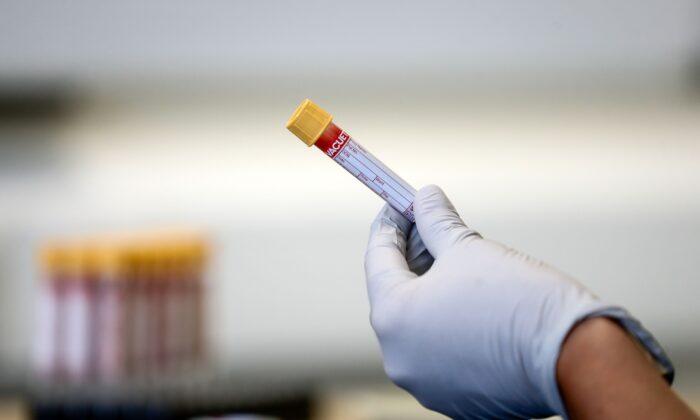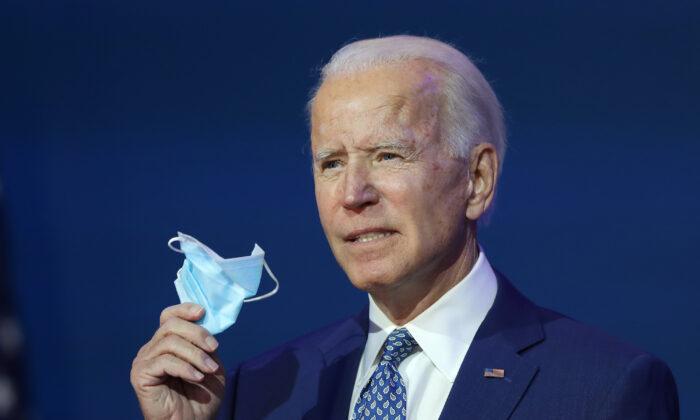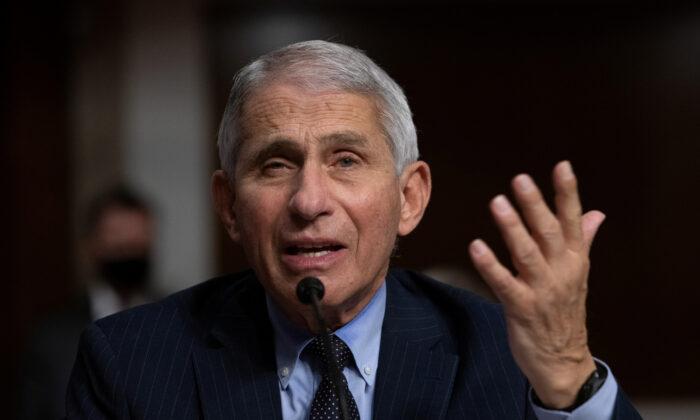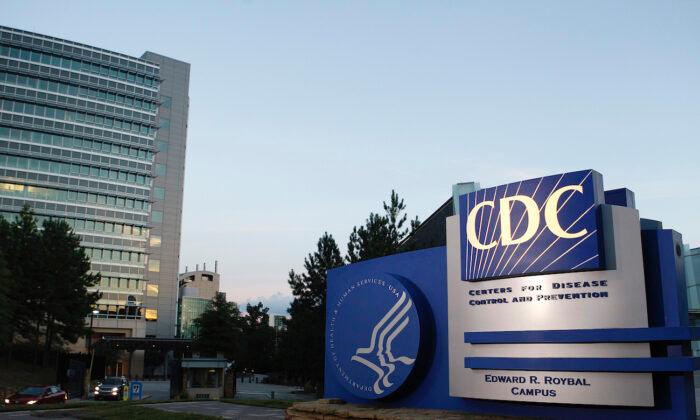Two studies, conducted in Denmark and Canada, suggest that blood type has an impact on susceptibility to COVID-19 infection.
Conversely, those with type A blood, which also makes up a large portion of the Danish population (around 42.4 percent), made up around 44.4 percent of those who tested positive for the virus.
The other blood types, B and AB, which make up 11.5 and 4.5 percent of the population of Denmark respectively, made up 12.1 and 5.1 percent of those who tested positive for the virus, respectively.
Over 473 ,654 individuals have been recruited in this Danish study, and 7,422 of them tested positive for the virus.
The study itself consisted of 95 patients admitted to the ICU in March and April 2020. Of those individuals, 57 of them had either O- or B-type blood, and 38 had A- or AB-type blood.
Furthermore, 84 percent of those with A- or AB-type blood (32 of 38 individuals) required mechanical ventilation, whereas only 61 percent (35 of 57 individuals) with O- or B-type blood required mechanical ventilation. Moreover, the median length of stay for each group of blood type was 13.5 days for those with A- and AB-type blood, and nine days for those with O- or B-type blood.
The study also took Continuous Renal Replacement Therapy (CRRT)—a therapy used when kidney functions aren’t working properly, primarily in the blood-filtering function—into account and concluded through the data that those with A and AB type blood required more CRRT than those with O or B type blood, with 32 percent and nine percent respectively.
“We demonstrate that critically ill COVID-19 patients with blood group A or AB are associated with an increased risk for requiring mechanical ventilation, CRRT, and prolonged ICU length of stay compared with patients with blood groups O or B,” the study stated.
Neither studies have indicated a clear reason as to why there is a link between ABO blood type and susceptibility to COVID-19, thus, more research is needed to discover the biological reasons behind the findings.






Friends Read Free